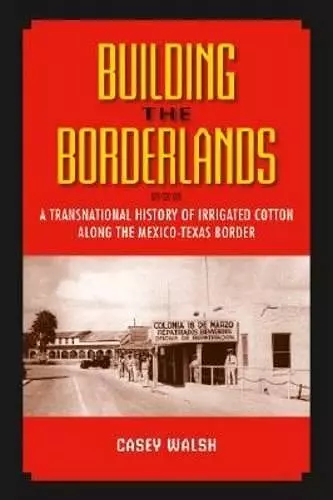Building the Borderlands
A Transnational History of Irrigated Cotton Along the Mexico-Texas Border
Format:Hardback
Publisher:Texas A & M University Press
Published:19th Feb '08
Should be back in stock very soon

Cotton, crucial to the economy of the American South, has also played a vital role in the making of the Mexican north. The Lower Rio Bravo (Rio Grande) Valley irrigation zone on the border with Texas in northern Tamaulipas, Mexico, was the centerpiece of the Cardenas government's effort to make cotton the basis of the national economy.This irrigation district, built and settled by Mexican Americans repatriated from Texas, was a central feature of Mexico's effort to control and use the waters of the international river for irrigated agriculture.Drawing on previously unexplored archival sources, Casey Walsh discusses the relations among various groups comprising the ""social field"" of cotton production in the borderlands. By describing the complex relationships among these groups, Walsh contributes to a clearer understanding of capitalism and the state, of transnational economic forces, of agricultural and water issues in the U.S.-Mexican borderlands, and of the environmental impacts of economic development."" Building the Borderlands"" crosses a number of disciplinary, thematic, and regional frontiers, integrating perspectives and literature from the United States and Mexico, from anthropology and history, and from political, economic, and cultural studies. Walsh's important transnational study will enjoy a wide audience among scholars of Latin American and Western U.S. history, the borderlands, and environmental and agricultural history, as well as anthropologists and others interested in the environment and water rights.
ISBN: 9781603440134
Dimensions: unknown
Weight: unknown
240 pages